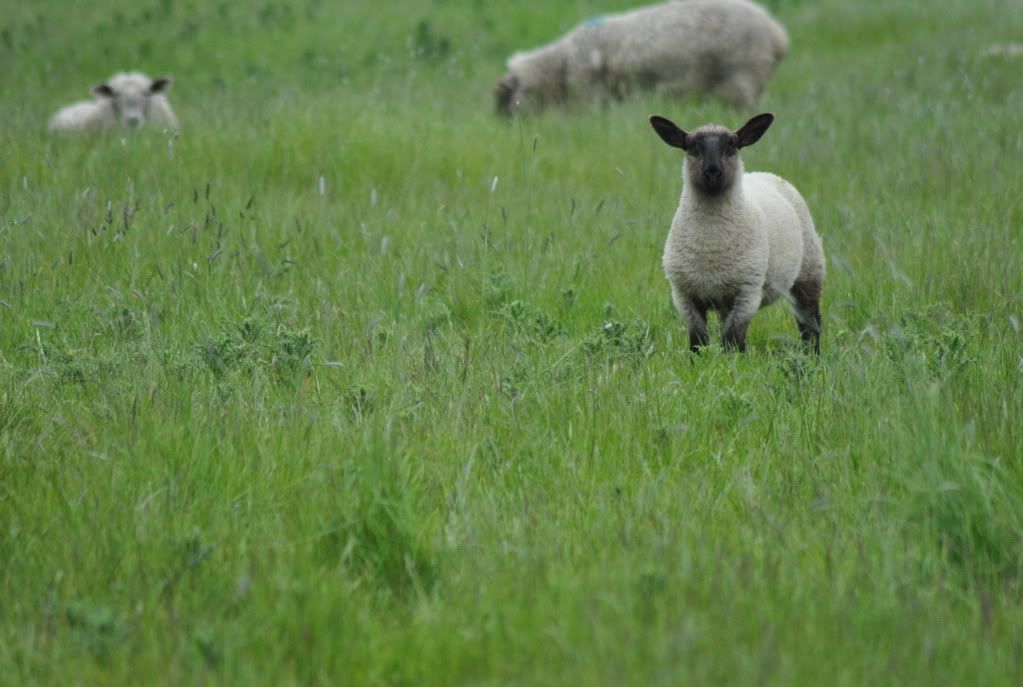Part 1-The Frame
Exercise 7- Cropping and Extending
Aims: Take 6 already taken photo's of different subjects that you think could be improved by cropping.
Compare before and after and explain your decision to crop
This exercise made me look at photo's where I was previously happy with the composition, and re-evaluate them to see how they could be improved by cropping. This was interesting because it really made me look at the pictures in a different light and to explore different possibilities for the overall composition.
1.
I chose to keep this picture much the same, but removed part of the sky as I found the sun distracted the viewer from the silhouetted tree's and house which were my main subject. I felt that the slight crop placed more emphasis on the main elements while keeping the same overall effect of the photo.
2.
I decided to use a portrait crop for this picture. Personally, I think both before and after works for the picture, but crop makes it look slightly better. It creates the sense of height I was looking for, which is emphasized by the Ladybird looking downwards over the edge.
3.
For the third picture, I again used a portrait crop as I felt It better suited the effect I was trying to acheive. I think this is because the strong vertical lines in the photo compliment the portrait crop.
This exercise really forced me to look back at pictures I was previously happy with, in order to change them. This was challenging at first as I had felt at the time they could not be inproved by cropping, though as I continued the exercise, I began to take more notice of the pictures in a new way to see things the had missed before.




























